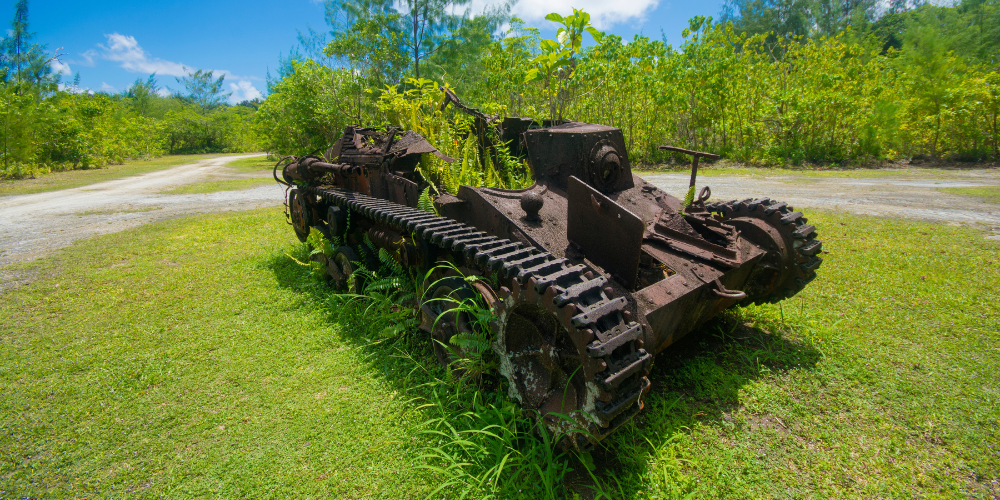Have You Ever Heard of Palau?
Nestled in the Pacific Ocean, Palau is a hidden gem that offers an enchanting escape from the usual tourist trails. This island nation, located southeast of the Philippines, is renowned for its breathtaking natural beauty, rich history, and unparalleled underwater experiences. Despite being off the beaten track, Palau is a destination that promises unforgettable adventures and unique encounters.
Magical Jellyfish Lake
One of Palau's most extraordinary attractions is Jellyfish Lake, a marine lake located on Eil Malk Island. This isolated lake is home to millions of golden jellyfish that have evolved without natural predators, making them harmless to humans. Snorkelling in Jellyfish Lake is a surreal experience as you swim among these gentle creatures, their golden bodies shimmering in the sunlight. The sensation of floating in the warm, clear water surrounded by thousands of jellyfish is nothing short of magical and is a must-visit for any traveller to Palau.
Rich History
Palau's history is as fascinating as its landscapes. The island has been inhabited for thousands of years, with archaeological evidence suggesting human presence as far back as 3,000 years. In more recent history, Palau played a significant role during World War II, particularly in the Battle of Peleliu. This battle was one of the fiercest conflicts in the Pacific Theatre, and remnants of the war, such as tanks, planes, and bunkers, can still be seen today. Visiting these historical sites offers a poignant reminder of the island's past and the resilience of its people.
Snorkelling and Diving Paradise
Palau is often regarded as one of the world's premier diving destinations, and for good reason. The island's pristine waters are teeming with marine life, offering divers and snorkelers an unparalleled underwater experience. The Blue Corner is perhaps the most famous dive site, known for its strong currents and abundant marine life, including sharks, barracudas, and manta rays. Another must-visit is the Blue Hole, a stunning underwater cavern with dramatic drop-offs and vibrant coral formations.
For snorkelers, the Rock Islands offer calm, shallow waters perfect for exploring the colourful reefs and diverse marine species. The clarity of the water and the richness of the marine ecosystem make every snorkelling excursion in Palau an adventure.
Uniqueness of Palau
What sets Palau apart from other tropical destinations is its commitment to preserving its natural environment. The country has established one of the world's largest marine sanctuaries, covering over 80% of its territorial waters. This dedication to conservation ensures that Palau's marine life thrives and that future generations can enjoy its beauty.
Additionally, Palau's cultural heritage is deeply rooted in its traditions and customs. The island's indigenous people, known as Palauans, are incredibly welcoming and eager to share their culture with visitors. Traditional dances, local cuisine, and handicrafts provide a glimpse into the rich cultural tapestry of the island.
Palau may be off the beaten track, but it offers a travel experience unlike any other. From the surreal beauty of Jellyfish Lake to the historical significance of its World War II sites, and from the world-class snorkelling and diving spots to the island's commitment to conservation.
How to Get to Palau from Australia
Travelling to Palau from Australia involves a few steps, but the journey is well worth the effort. The most common route is to fly from major Australian cities such as Sydney, Melbourne, or Brisbane to Manila, Philippines, with airlines like Qantas, Philippine Airlines, or Singapore Airlines. From Manila, you can catch a direct flight to Palau’s Roman Tmetuchl International Airport in Koror. Another option is to fly via Guam, with connecting flights to Palau. While the journey may take a bit of time, the destination's breathtaking beauty and unique experiences await you, making the trip truly worthwhile. Let us help you get you there.






